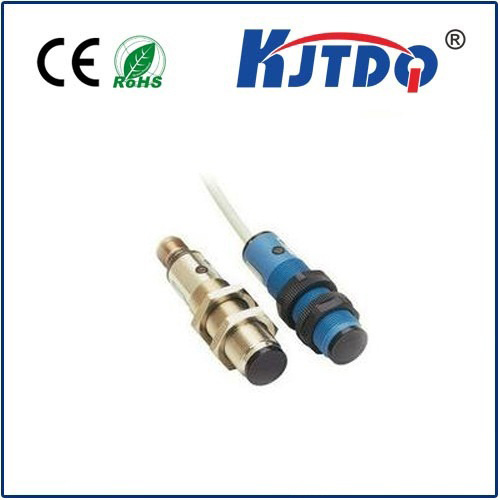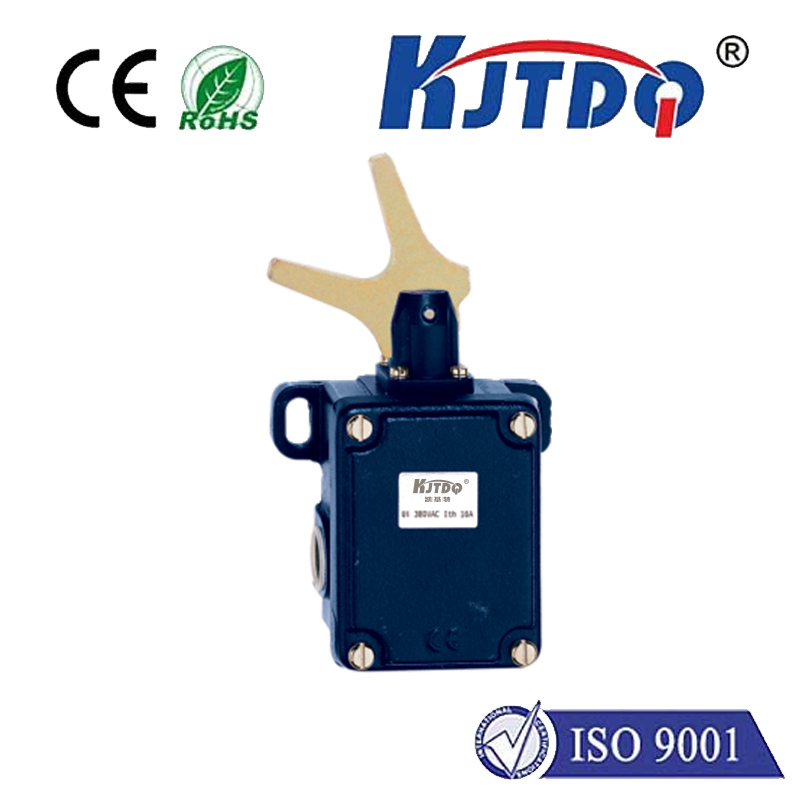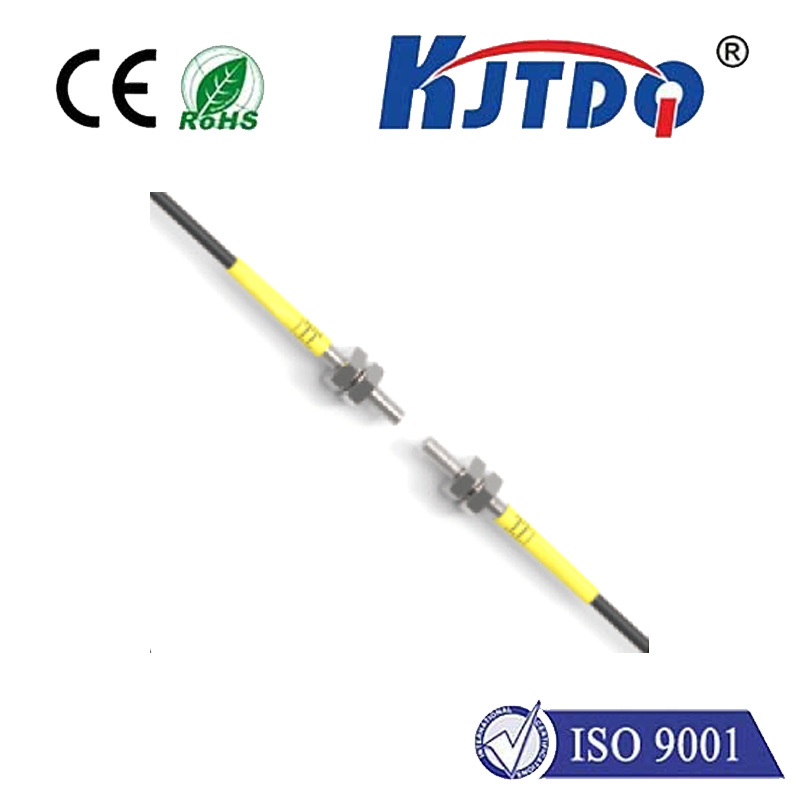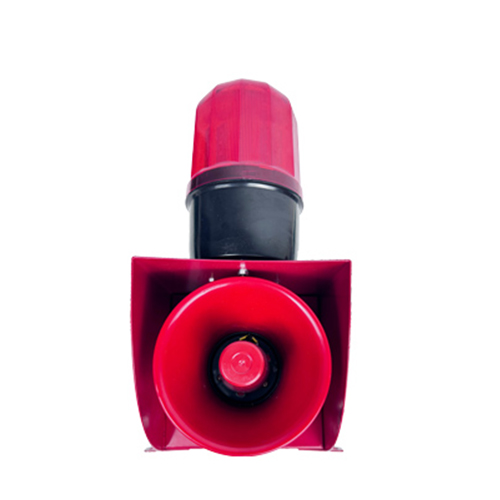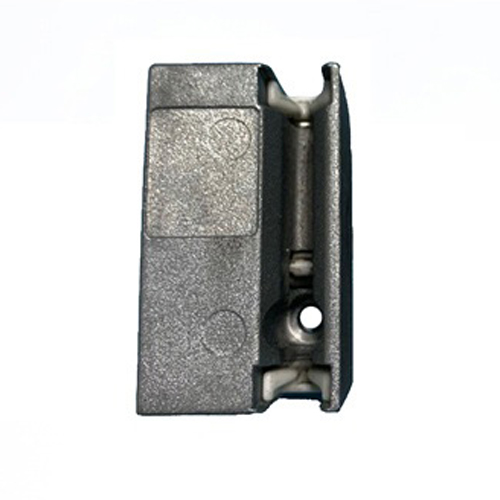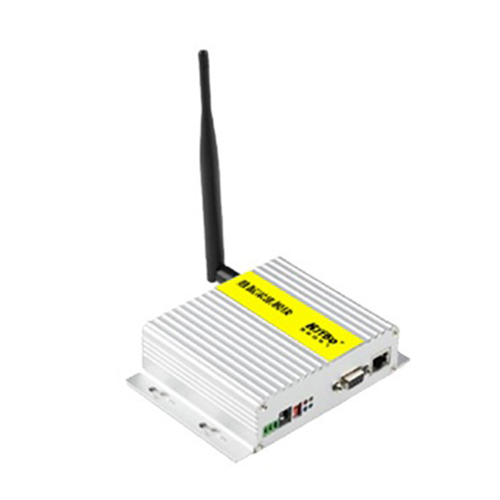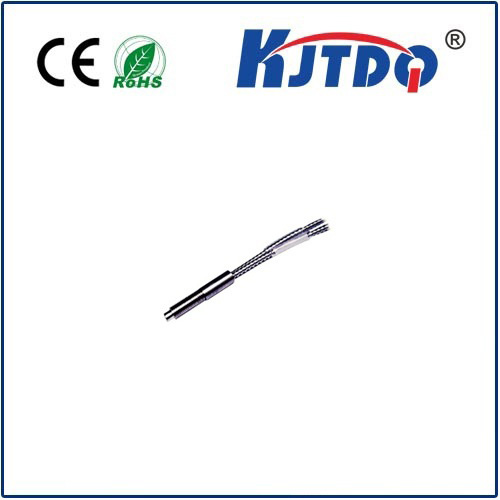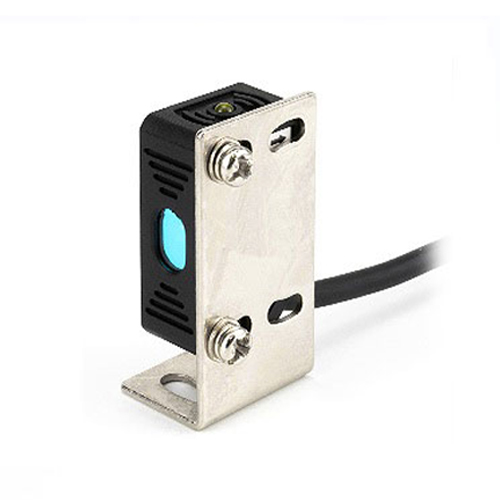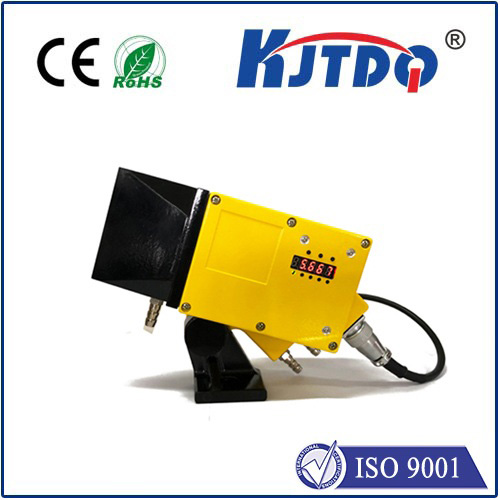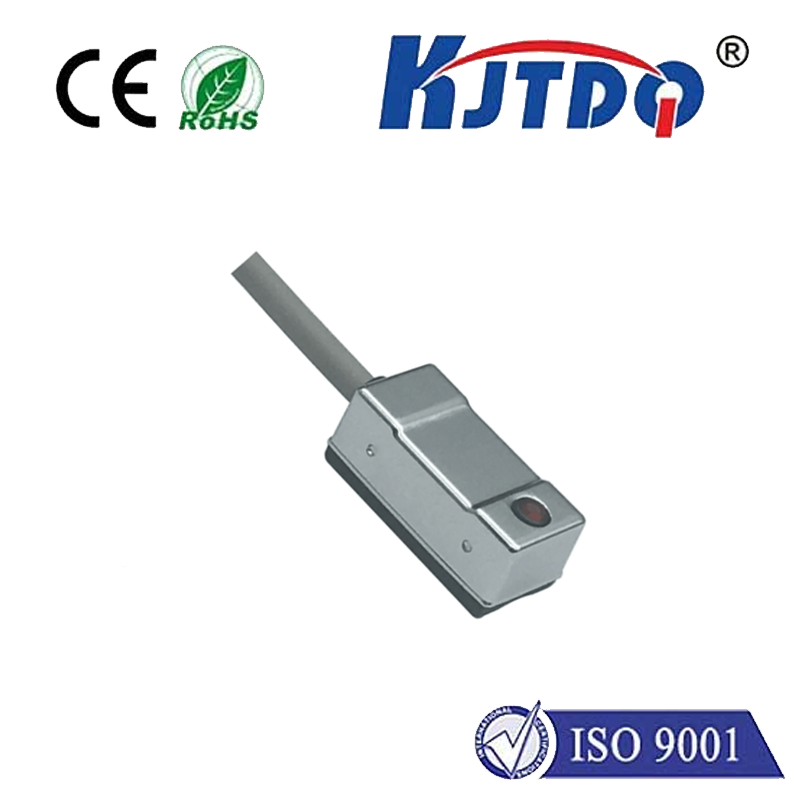wireless laser sensor
- time:2025-08-27 13:54:13
- Click:0
Wireless Laser Sensors: Liberating Precision Measurement from Wired Shackles
Imagine a manufacturing floor where tangled cables snag on robotic arms, slowing production and risking costly downtime. Or envision inspecting a vast bridge structure where running wires for critical deformation measurements is impractical and dangerous. The quest for precise, non-contact measurement has long been hindered by the limitations of physical connections. This is where the remarkable innovation of wireless laser sensors emerges, truly cutting the cord on high-accuracy sensing.
What Exactly Are Wireless Laser Sensors?
At their core, wireless laser sensors combine the pinpoint accuracy and resolution inherent to laser measurement principles with the freedom of wireless communication. Unlike traditional laser sensors that require physical cabling for power and data transmission, these integrated devices operate using:
- Laser Technology: Typically employing laser diodes to project a highly focused beam onto a target. Measurement techniques include time-of-flight (distance), triangulation (displacement, position), or laser light section (profile, dimensioning).
- Onboard Intelligence: Embedded microprocessors handle sensor control, data acquisition, initial processing, and communication protocols.
- Wireless Connectivity: Utilizing established standards like Wi-Fi (IEEE 802.11), Bluetooth (including Low Energy - BLE), or specialized industrial protocols (e.g., ISA100, WirelessHART). This eliminates the need for data cables.
- Power Autonomy: Powered by integrated batteries (often rechargeable Li-ion) or energy harvesting solutions (like solar or vibration), freeing them from power cords. Sophisticated power management is key to extended operation.
Unleashing Potential: Key Applications Unlocked

The unique blend of precision and freedom opens doors to applications previously difficult or impossible:
- Industrial Automation & Robotics: Real-time monitoring of robot arm positioning, part presence verification on moving conveyor belts, gap and flush measurement in automotive assembly (without cable strain or snagging), and vibration analysis on rotating machinery. Wireless laser displacement sensors are invaluable here.
- Structural Health Monitoring (SHM): Continuous, remote monitoring of vibrations, displacements, or deformations in bridges, dams, buildings, wind turbines, or historical structures. Easy installation and battery operation are crucial for long-term deployments in hard-to-reach locations.
- Logistics & Warehousing: Precise dimensioning of packages for automated sorting systems (wireless laser dimensioning), pallet profiling, and warehouse inventory management using mobile scanners.
- Agriculture & Environmental Monitoring: Monitoring water levels in remote reservoirs, tracking subtle ground movements in landslide-prone areas, or measuring crop growth profiles autonomously.
- Research & Development: Capturing dynamic measurements on unconstrained test subjects (vehicles, drones, prototypes) or within complex experimental setups where cables would interfere.
The Compelling Advantages: More Than Just No Wires
The benefits extend far beyond the obvious elimination of cables:
- Simplified Installation & Reduced Costs: Dramatically lower installation time and expense. No need to run conduit, pull cables through walls, or hire specialized electricians for complex wiring runs. Deploy sensors rapidly.
- Enhanced Flexibility & Scalability: Easily reposition sensors to optimize measurement points or adapt to changing layouts. Adding new sensors to expand a monitoring network becomes trivial. Ideal for temporary installations or evolving production lines.
- Access to Hard-to-Reach Areas: Monitor locations where running cables is impractical, hazardous, or impossible – think high ceilings, deep pits, rotating equipment, or confined spaces.
- Improved Mobility & Portability: Handheld devices for inspection tasks, or sensors mounted on AGVs (Automated Guided Vehicles), drones, or mobile robots gain ultimate freedom.
- Reduced Maintenance & Downtime Risk: Eliminate cable damage and connector failures – common points of failure in industrial settings. Battery life management becomes the primary maintenance focus.
- Integrated Data Networks: Seamlessly feed sensor data directly into existing Wi-Fi networks, cloud platforms, or SCADA systems for centralized monitoring, analysis, and visualization.
Navigating the Wireless Landscape: Considerations for Implementation
While powerful, deploying wireless laser sensors successfully requires mindful planning:
- Power Management & Battery Life: This is often the most critical factor. Understand the sensor’s operational duty cycle, power requirements, and battery longevity. Implement sleep modes or triggers where feasible. Energy harvesting can be a game-changer for permanent installations.
- Wireless Range & Reliability: Signal strength and obstructions (metal structures, walls) impact range and stability. Choose the appropriate protocol (Bluetooth for short-range, Wi-Fi for longer range/local networks) and consider mesh networking options for extending coverage. Robust industrial protocols offer higher reliability.
- Data Security: Ensure the chosen wireless technology and sensor firmware implement strong encryption (like WPA2/WPA3 for Wi-Fi) to protect sensitive measurement data from interception or tampering.
- Network Congestion & Latency: In dense deployments or areas with heavy existing Wi-Fi traffic, interference and latency can become issues. Proper network design, channel selection, and prioritizing critical sensor data streams are essential.
- Environmental Suitability: Verify the sensor’s IP rating (Ingress Protection) for dust and moisture resistance, and its operating temperature range. Industrial environments demand ruggedized enclosures.
- Laser Safety: Always adhere to laser safety classifications (Class 1 or 2 are common for sensors). Ensure proper labeling and consider applications where beam blocking safety measures are necessary.
The Future is Untethered
Wireless laser sensor technology represents a profound shift in how we gather precise spatial and dimensional data. By eliminating the constraints of cabling, it empowers engineers, technicians, and researchers to monitor, control, and understand the physical world with unprecedented flexibility and efficiency. From optimizing complex manufacturing processes to safeguarding critical infrastructure and unlocking new realms of research, the freedom of wireless combined with the accuracy of laser measurement is transforming industries. As battery technology, wireless protocols (including the potential of 5G and LPWAN), and energy harvesting continue to advance, the capabilities and adoption of these intelligent sensors are poised for even greater acceleration, driving innovation across countless domains where precision meets mobility.






